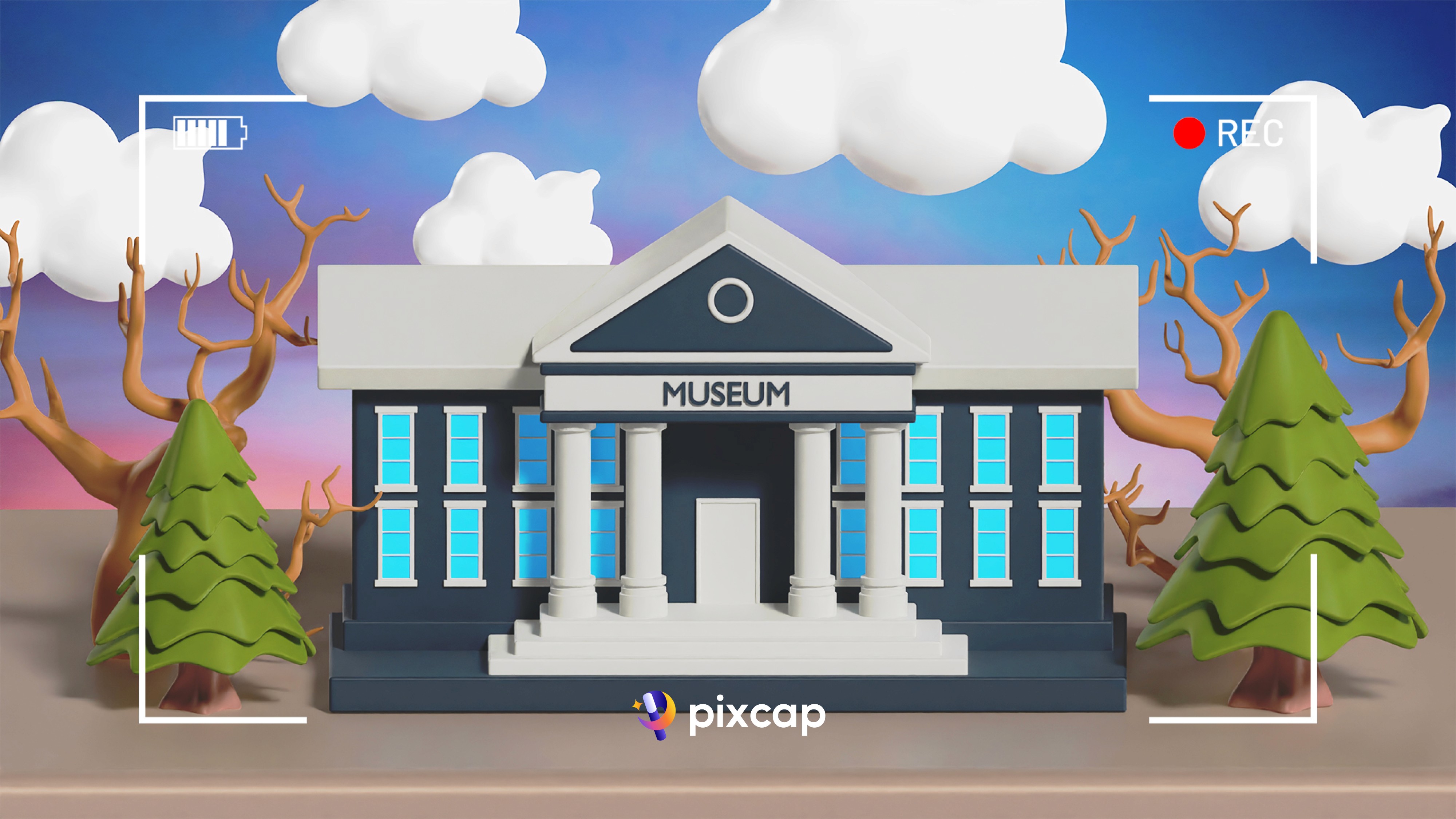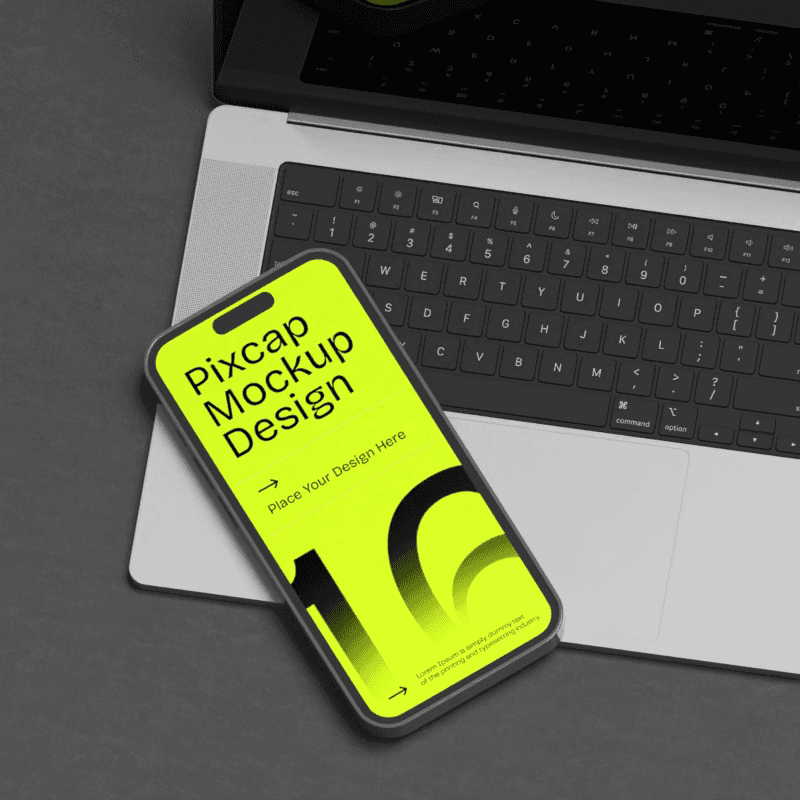3D Gaussian Splatting is a unique technique promises to revolutionize the way we create and interact with digital environments. Offering an innovative alternative to traditional methods like photogrammetry and Neural Radiance Fields (NeRF), it has opened up possibilities for a wide range of applications, from architecture to gaming, and virtual reality to scientific visualization.
In this article, we'll take a closer look at what 3D Gaussian Splatting is, its benefits and uses, and how it compares to other techniques. We'll also explore the tools that are available for creating 3D designs using this method.
What Is 3D Gaussian Splatting?
3D Gaussian Splatting is a method used in computer graphics to generate a 3D scene from 2D images. Imagine having several different pictures of an object, each taken from a different angle. Gaussian Splatting takes all these images and blends them together to create a detailed, three-dimensional representation of that object.
The name 'Gaussian Splatting' comes from the use of a Gaussian function, which is a kind of mathematical formula that resembles a bell-shaped curve. This function is used to assign weights to the pixels in the image, helping to ensure a smooth and seamless transition between different viewpoints. The end result is a 3D model that you can view from any angle, just like a real object in the physical world.
This technique provides a quick and efficient way to create 3D models, and it's especially useful when you have a lot of data to process. It's also very versatile and can be used in many fields, from video games to medical imaging. So whether you're a graphics designer, a game developer, or a scientist, 3D Gaussian Splatting could be a valuable tool in your toolkit.
The Process behind 3D Gaussian Splatting
The creation of a 3D model using Gaussian Splatting involves several steps:
Harnessing Structure from Motion: This initial step uses the Structure from Motion (SfM) technique to create a 3D point cloud from a set of images. This technique is effective at generating a 3D representation from 2D image data.
Conversion to Gaussians: Once the point cloud is obtained, each point is converted into a Gaussian, which allows for rasterization. However, at this stage, only the position and color information can be inferred from the SfM data. For better results, additional training is needed.
Training: In this step, Stochastic Gradient Descent is used, similar to neural networks but without layering. The training process involves rasterizing the Gaussians into an image using differentiable Gaussian rasterization, calculating the loss based on the disparity between the rasterized and ground truth images, adjusting the Gaussian parameters based on the loss, and finally, implementing automated densification and pruning.
Implementing Differentiable Gaussian Rasterization: 3D Gaussian Splatting employs a rasterization method that projects data onto the screen. It's important to note that this method is fast and differentiable. The rasterization process includes projecting each Gaussian into 2D from the camera's perspective, sorting the Gaussians by depth, and blending each Gaussian from front to back for every pixel.
What the Gaussian Function Looks Like
Central to 3D Gaussian Splatting is the Gaussian function, which is characterized by its bell-curve shape. It plays a pivotal role in transmuting discrete points into a vibrant, cohesive panorama. Here's how 3D Gaussian splats leverage it:

Image source: mathworld.wolfram.com
Position (XYZ): This decides the exact location of every point within the 3D space.
Covariance (3x3 matrix): This governs how each point enlarges or reduces, influencing its form and magnitude.
Color (RGB): This determines the shade of each point, contributing to the visual variety.
Alpha (α): This regulates the level of transparency, enhancing the authenticity of the scene.
Practical Uses of 3D Gaussian Splatting
3D Gaussian Splatting has a broad spectrum of practical applications that stretch across various industries, making it a versatile tool in the creation and visualization of 3D models. Let's dive deeper into its unique features and the distinct benefits they bring to these fields.
Architecture and Construction: Architects and construction professionals can use 3D Gaussian splatting to create realistic models of buildings, enabling clients to visualize the final product before any actual construction takes place. This can help save time and resources by identifying potential design flaws early on.
E-commerce: Online retailers can use 3D Gaussian splatting to showcase their products in a more realistic and engaging manner, allowing customers to view items from different angles and perspectives. Virtual interaction with products can also help improve customer satisfaction and reduce returns.
Education and Training: 3D Gaussian splatting enables the creation of lifelike simulations for training purposes, which can be especially useful in fields such as medicine, aviation, and military training. This allows for safe and efficient practice without real-world risks.
Virtual Reality and Gaming: The use of 3D Gaussian splatting in virtual reality and gaming allows for more immersive and realistic environments, enhancing the overall experience for users. It also allows for dynamic lighting effects, creating a sense of depth and realism.
Product Design and Prototyping: With 3D Gaussian splatting, designers can easily visualize their ideas in a realistic manner, allowing for quick and accurate iterations. This can greatly speed up the product design and prototyping process.
Virtual Events and Exhibitions: With the recent shift towards virtual events, 3D Gaussian splatting can be utilized to create lifelike virtual environments for exhibitions, conferences, and trade shows. This provides an interactive and engaging experience for attendees.
3D Gaussian Splatting vs Photogrammetry vs NeRP
When it comes to creating 3D models, there are several techniques available, including 3D Gaussian splatting, photogrammetry, and NeRP (Neural Radiance Point). While each method has its own strengths and weaknesses, here are some key differences between them
Accuracy
3D Gaussian splatting often outperforms other methods in terms of accuracy. It uses a mathematical function to estimate the color and opacity at each voxel, resulting in very precise and detailed 3D models. Photogrammetry, on the other hand, relies on multiple photographs and may not capture the fine details as accurately, especially in areas with complex textures or patterns. NeRP, while an impressive technology that employs AI for constructing 3D scenes, can sometimes struggle with delivering consistent accuracy across diverse scenes due to its dependency on training data.
Speed
Speed is another factor where 3D Gaussian splatting shines. It allows for fast and efficient computation, making it an excellent choice for applications that require real-time rendering or interactive visualization. Photogrammetry can be more time-consuming, as it involves processing multiple images, and often requires manual intervention to correct errors or fill in missing data. NeRP, although efficient, requires significant computational resources and might not be feasible for real-time applications.
Applicability
In terms of applicability, all three methods have their unique use cases. 3D Gaussian splatting is extremely versatile and can be used in a wide range of applications, including medical imaging, visualization, VR/AR, and more. Photogrammetry excels in reconstructing real-world objects and environments, making it ideal for cultural heritage preservation, architecture, and archeology. NeRP, being a more recent development, has shown great promise in computer graphics and visual effects, particularly in scenarios where a dataset can be used to train the model.
Tools for 3D Gaussian Splatting
Luma AI and Polycam are two easy-to-use tools to create 3D Gaussian Splatting using iOs, Android, or web platforms.
With these apps, you can create these models quickly—approximately within a 30-minute timeframe—and cost-effectively. They are a convenient tool for online sellers desiring to showcase their products in 3D, as well as for movie special effects creators who seek to add an extra layer of depth and realism to their scenes.
Take a look at this gaussian splats capture using Polycam.
Conclusion
3D Gaussian Splatting represents more than just an additional rendering technique; it challenges and transforms our understanding of 3D rendering. With its capacity for real-time execution and production of high-grade outcomes, it's a technology that demands attention. If your interest lies in 3D graphics, game development, or any area necessitating superior, real-time rendering, Gaussian Splatting is a must-consider.














